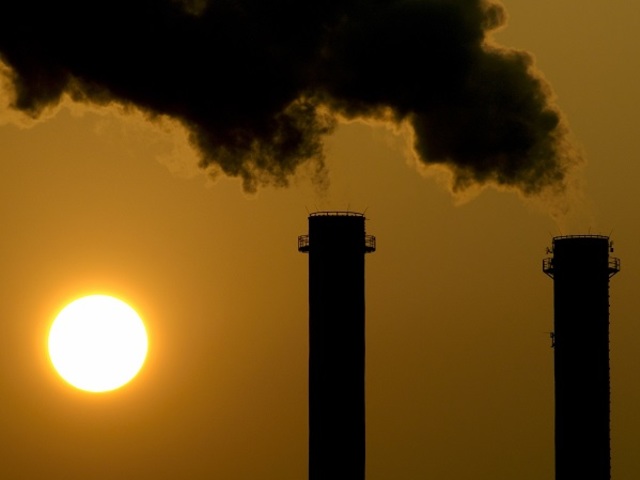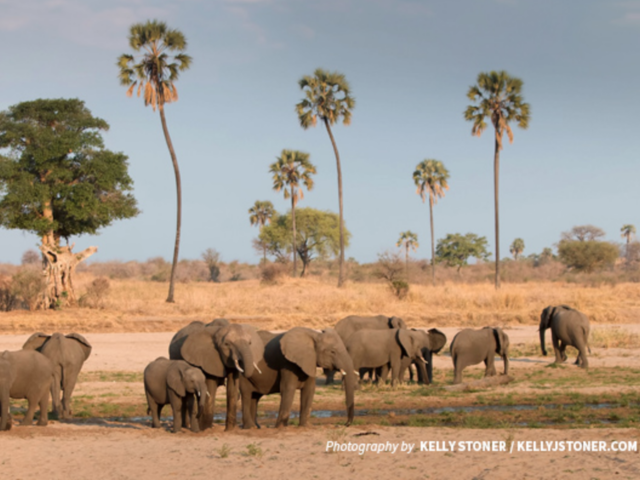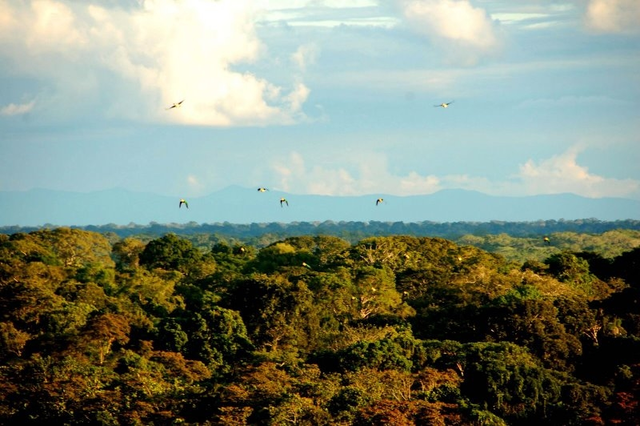Highlights
-Half a degree Celsius is just an average: Some regions of the world will experience a lot more.
-We already see what 1°C warming can do. More warming will exacerbate catastrophic weather events like the Atlantic hurricanes in recent years.
-Impacts will accumulate if we go from 1.5°C to 2°C, with each half degree adding to the overall impact.
Earth has already warmed by 1 degree Celsius, or 1.8 degrees Fahrenheit, above 19th-century global average temperatures, and we're on our way toward 1.5 °C (2.7 °F) by as early as 2030. The Intergovernmental Panel on Climate Change said in its recent report that we'll face significantly less risk if we halt this trajectory and keep temperatures from reaching 2 °C (3.6 °F).
But the global average temperature is just that – an average. There are parts of the world that will warm less, and some that will warm far more.In a 2 °C world, land can be two to three times warmer than the global average, and the Arctic may be up to four times warmer at 8 °C (14 °F).
In parts of Southern Africa, for example, temperatures are already reaching the 2 °C mark to double the average global increase so far, research shows. The region is looking at 40-day stretches of extreme hot spells unless the world keeps overall warming below 1.5 °C.
At the same time, the hottest days are getting hotter as overall warming leads to higher extreme temperatures. There were record heat waves on all four continents this summer as temperatures soared far past normal averages in places like Japan and Sweden. The seemingly modest change of a half degree, in other words, is really not that modest at all.
We don't need models to tell us that future warming will have dire consequences – we've already seen what 1° C can do.
In just the past few decades, rising temperatures have worsened extreme weather events, chunks of ice have broken apart, wildfire seasons are months longer, coral reefs are bleached of their colors, islands have been swallowed by sea level rise, and disease-carrying mosquitoes are spreading to new places. Even sports like hockey and skiing have suffered. Scientists have established how just 1° C of warming so far triggered these changes. So it's unsurprising that another half a degree, or full degree, will worsen and add to these impacts.
There are many ways that increased temperatures can affect the world around us – it's a cascading chain of cause and effect that ultimately leads to dramatic impacts. A warmer world, even at just half a degree Celsius, has more evaporation and thus more water in the atmosphere. Unevenly distributed temperature changes, meanwhile, affect air flow patterns.
Envision a cotton farm in North Carolina that has been around since 1960, with global average temperatures steadily rising by more than half a degree since it grew its first crop. This change has increased evaporation and added moisture to the atmosphere, which for southeastern United States has translated into 30 percent more rain during heavy downpours.
When a hurricane like Florence – already empowered by warmer oceans and higher seas – comes to town and dumps this excess rainfall over the cotton farm, its crops get more flooded and damaged than they did half a century ago. It's how you go from half a degree of warming to economic hardship.
The more extreme weather events we're seeing now – such as higher storm surges from sea level rise and exacerbated drought conditions from dried-out soil – affects society in countless ways.
In fact, an additional half a degree of warming from 1.5° C to 2 °C may cause 10 million more people to be at risk from sea level rise, several hundred million more people to be susceptible to poverty, and a 50-percent increase in the population exposed to water stress. It may double the population exposed to severe heat and cause an additional annual loss of 1.5 million tonnes of global fisheries catch.
However, neither of these warming levels are magic thresholds. Every incremental increase in warming is worse for the planet than the last. Nor are they inevitable. The IPCC report makes it clear: It's not too late to save the world as long as we act today. With your help we can do this.






